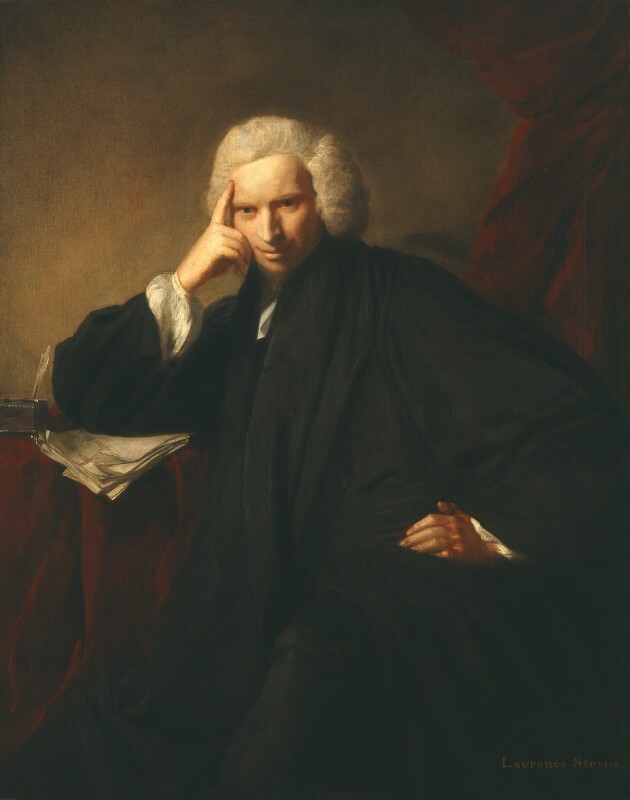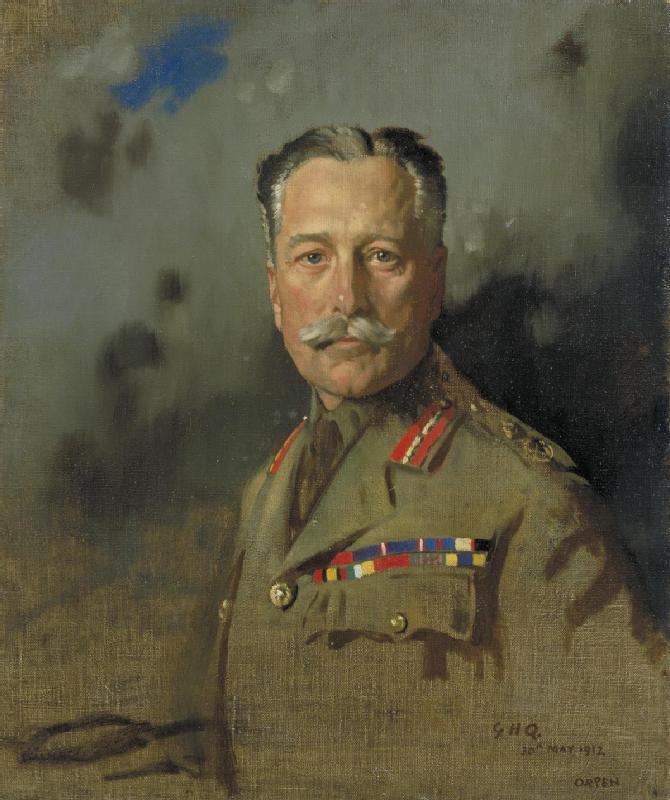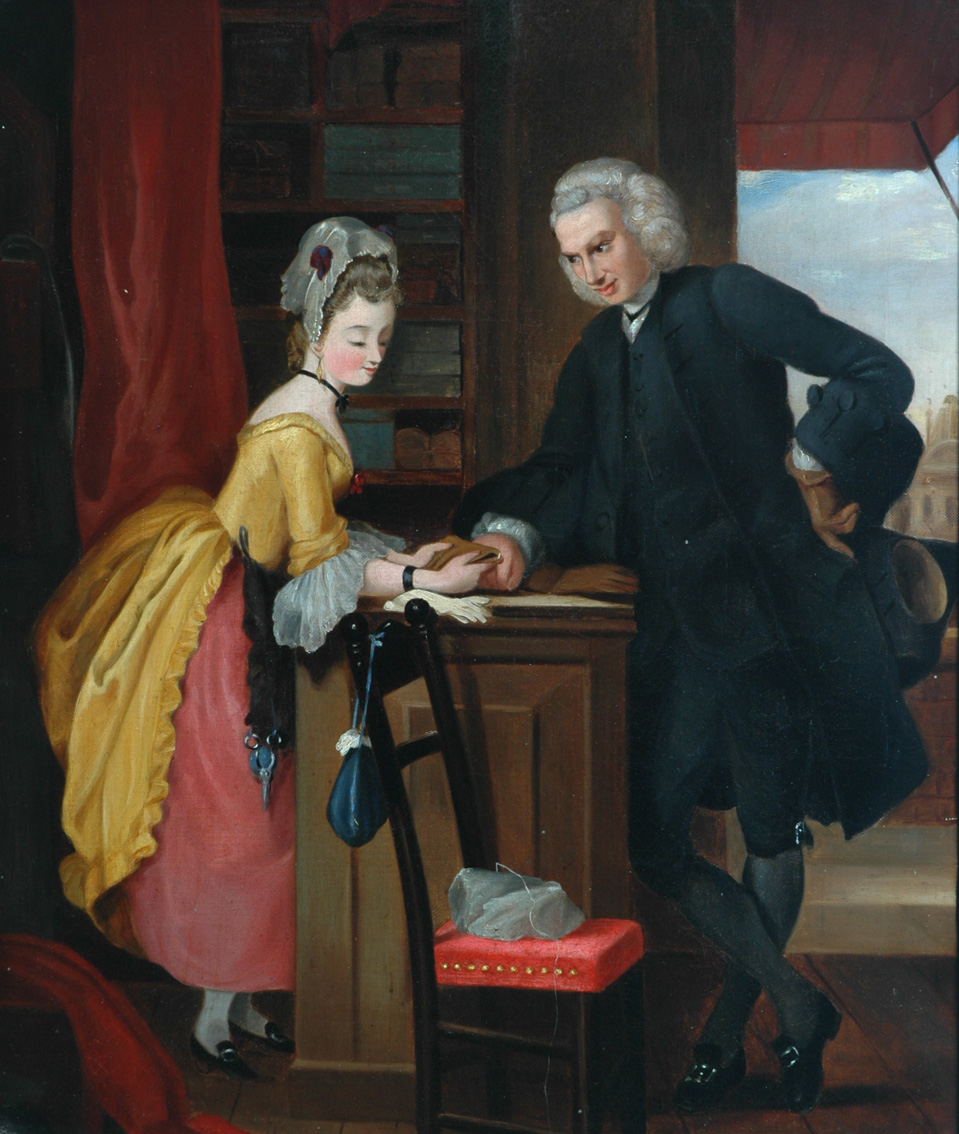|
A Sentimental Journey Through France And Italy
''A Sentimental Journey Through France and Italy'' (1768) is a novel by Laurence Sterne. It follows the Reverend Mr. Yorick on a Picaresque novel, picaresque journey through France, narrated from a Sentimental novel, sentimental point of view. Yorick is a character from Sterne's bestselling previous novel ''The Life and Opinions of Tristram Shandy, Gentleman, Tristram Shandy'' (1759–1767) who also serves as Sterne's author surrogate, alter ego. The novel was planned as a four-volume work, but Sterne died in 1768 with only the first two volumes published; Yorick never makes it to Italy. The book follows the genre conventions of a travel narrative, with a playful and fragmented writing style. A key theme is the interconnected nature of sympathy and sexual desire, which both inspire strong Prosocial behavior, pro-social feelings. Analysis of the book often seeks to answer whether its depictions of extreme emotion are meant to be serious, or whether Yorick is an unreliable narrat ... [...More Info...] [...Related Items...] OR: [Wikipedia] [Google] [Baidu] |
Laurence Sterne
Laurence Sterne (24 November 1713 – 18 March 1768) was an Anglo-Irish novelist and Anglican cleric. He is best known for his comic novels ''The Life and Opinions of Tristram Shandy, Gentleman'' (1759–1767) and ''A Sentimental Journey Through France and Italy'' (1768). Sterne grew up in a military family, travelling mainly in Ireland but briefly in England. He attended Jesus College, Cambridge on a sizarship, gaining bachelor's and master's degrees, and was ordained as a priest in 1738. While Vicar of Sutton-on-the-Forest, Yorkshire, he married Elizabeth Lumley in 1741. He briefly wrote political propaganda for the Whigs, but abandoned politics in 1742. In 1759, he wrote an ecclesiastical satire '' A Political Romance'', which embarrassed the church and was burned. Having discovered his talent for comedy, at age 46 he dedicated himself to humour writing as a vocation. Also in 1759, he published the first volume of ''Tristram Shandy'', which was an enormous success and co ... [...More Info...] [...Related Items...] OR: [Wikipedia] [Google] [Baidu] |
Montreuil-sur-Mer
Montreuil-sur-Mer (; or ; ), Montreuil-on-the-Sea, is a subprefecture in the Pas-de-Calais Department in northern France. Though commonly called by this name since at least the twelfth century, it was legally known as Montreuil until 31 December 2022. It is located on the Canche river, not far from Étaples. The sea, however, is now some distance away. Montreuil-sur-Mer station has rail connections to Arras and Étaples. History Montreuil-sur-Mer is surrounded by notable brickwork ramparts, constructed after the destruction of the town by troops of Habsburg emperor Charles V in June 1537. These fortifications pre-date the extensive fortification of towns in northern France by Sébastien Le Prestre de Vauban in the 17th century. Montreuil-sur-Mer was the headquarters of the British Army in France during the First World War from March 1916 until it closed in April 1919. The military academy there provided excellent facilities for GHQ. Montreuil-sur-Mer was chosen as GHQ ... [...More Info...] [...Related Items...] OR: [Wikipedia] [Google] [Baidu] |
Lyon
Lyon (Franco-Provençal: ''Liyon'') is a city in France. It is located at the confluence of the rivers Rhône and Saône, to the northwest of the French Alps, southeast of Paris, north of Marseille, southwest of Geneva, Switzerland, northeast of Saint-Étienne. The City of Lyon is the List of communes in France with over 20,000 inhabitants, third-largest city in France with a population of 522,250 at the Jan. 2021 census within its small municipal territory of , but together with its suburbs and exurbs the Lyon Functional area (France), metropolitan area had a population of 2,308,818 that same year, the second largest in France. Lyon and 58 suburban municipalities have formed since 2015 the Lyon Metropolis, Metropolis of Lyon, a directly elected metropolitan authority now in charge of most urban issues, with a population of 1,424,069 in 2021. Lyon is the Prefectures in France, prefecture of the Auvergne-Rhône-Alpes Regions of France, region and seat of the Departmental co ... [...More Info...] [...Related Items...] OR: [Wikipedia] [Google] [Baidu] |
Moulins, Allier
Moulins (, ''Molins'' in Bourbonnais oïl dialect); is a commune in central France, capital of the Allier department. It is located on the river Allier. Among its many tourist attractions are the Maison Mantin, the Anne de Beaujeu Museum, and The National Center of Costume and Scenography. Geography Moulins is located on the banks of the river Allier. Moulins-sur-Allier station, in the centre of the town, has direct trains to Paris ( Gare de Bercy), which take about 2 hours 25 minutes. The A79 motorway passes south of the town. Montbeugny Airport is a small airport located near Moulins. History Before the French Revolution, Moulins was the capital of the province of Bourbonnais and the seat of the Dukes of Bourbon. It appears in documented records at least as far back as the year 990. In 1232, Archambaud VIII, Sire de Bourbon granted a franchise to the village's inhabitants. The town achieved greater prominence in 1327, when Charles IV elevated Louis I de Clerm ... [...More Info...] [...Related Items...] OR: [Wikipedia] [Google] [Baidu] |
Jester
A jester, also known as joker, court jester, or fool, was a member of the household of a nobleman or a monarch kept to entertain guests at the royal court. Jesters were also travelling performers who entertained common folk at fairs and town markets, and the discipline continues into the modern day, where jesters perform at historical-themed events. Jester-like figures were common throughout the world, including Ancient Rome, China, Persia, and the Aztec empire. During the Post-classical history, post-classical and Renaissance eras, jesters are often thought to have worn brightly coloured clothes and Cap and bells, eccentric hats in a motley pattern. Jesters entertained with a wide variety of skills: principal among them were song, music, and storytelling, but many also employed acrobatics, juggling, telling jokes (such as puns and imitation), and performing Magic (illusion), magic tricks. Much of the entertainment was performed in a comic style. Many jesters made contemporary ... [...More Info...] [...Related Items...] OR: [Wikipedia] [Google] [Baidu] |
Yorick
Yorick is an unseen character in William Shakespeare's play ''Hamlet''. He is the dead court jester whose Human skull, skull is exhumed by the The Gravediggers, First Gravedigger in Act 5, Scene 1, of the play. The sight of Yorick's skull evokes a reminiscence by Prince Hamlet of the man, who apparently played a role during Hamlet's upbringing: Alas, poor Yorick! I knew him, Horatio; a fellow of infinite jest, of most excellent fancy; he hath borne me on his back a thousand times; and now, how abhorred in my imagination it is! My gorge rises at it. Here hung those lips that I have kissed I know not how oft. Where be your gibes now? Your gambols? Your songs? Your flashes of merriment, that were wont to set the table on a roar? (''Hamlet'', V.i) It is suggested that Shakespeare may have intended his audience to connect Yorick with the Elizabethan era, Elizabethan comedian Richard Tarlton, a celebrated performer of the pre-Shakespearean stage, who had died a decade or so before '' ... [...More Info...] [...Related Items...] OR: [Wikipedia] [Google] [Baidu] |
Hamlet
''The Tragedy of Hamlet, Prince of Denmark'', often shortened to ''Hamlet'' (), is a Shakespearean tragedy, tragedy written by William Shakespeare sometime between 1599 and 1601. It is Shakespeare's longest play. Set in Denmark, the play (theatre), play depicts Prince Hamlet and his attempts to exact revenge against his uncle, King Claudius, Claudius, who has murdered Ghost (Hamlet), Hamlet's father in order to seize his throne and marry Gertrude (Hamlet), Hamlet's mother. ''Hamlet'' is considered among the "most powerful and influential tragedies in the English language", with a story capable of "seemingly endless retelling and adaptation by others." It is widely considered one of the greatest plays of all time. Three different early versions of the play are extant: the Hamlet Q1, First Quarto (Q1, 1603); the Second Quarto (Q2, 1604); and the First Folio (F1, 1623). Each version includes lines and passages missing from the others. Many works have been pointed to as possible s ... [...More Info...] [...Related Items...] OR: [Wikipedia] [Google] [Baidu] |
Versailles, Yvelines
Versailles ( , ) is a commune in the department of the Yvelines, Île-de-France, known worldwide for the Château de Versailles and the gardens of Versailles, which is designated an UNESCO World Heritage Sites. Located in the western suburbs of the French capital, from the centre of Paris, Versailles is a wealthy suburb of Paris with a service-based economy and is a major tourist destination. According to the 2017 census, the population of the city is 85,862, down from a peak of 94,145 in 1975.Population en historique depuis 1968 , INSEE A founded by order of King |
Starling
Starlings are small to medium-sized passerine (perching) birds known for the often dark, glossy iridescent sheen of their plumage; their complex vocalizations including mimicking; and their distinctive, often elaborate swarming behavior, known as murmuration. All members of the family ''Sturnidae'', commonly called sturnids, are known collectively as starlings. The Sturnidae are named for the genus '' Sturnus'', which in turn comes from the Latin word for starling, ''sturnus''. The family contains 128 species which are divided into 36 genera. Many Asian species, particularly the larger ones, are called mynas, and many African species are known as glossy starlings because of their iridescent plumage. Starlings are native to Europe, Asia, and Africa, as well as northern Australia and the islands of the tropical Pacific. Several European and Asian species have been introduced to these areas, as well as North America, Hawaii, and New Zealand, where they generally compete for ... [...More Info...] [...Related Items...] OR: [Wikipedia] [Google] [Baidu] |
Bastille
The Bastille (, ) was a fortress in Paris, known as the Bastille Saint-Antoine. It played an important role in the internal conflicts of France and for most of its history was used as a state prison by the kings of France. It was stormed by a crowd on 14 July 1789, in the French Revolution, becoming an important symbol for the French Republican movement. It was later demolished and replaced by the Place de la Bastille. The castle was built to defend the eastern approach to the city from potential English attacks during the Hundred Years' War. Construction was underway by 1357, but the main construction occurred from 1370 onwards, creating a strong fortress with eight towers that protected the strategic gateway of the Porte Saint-Antoine heading out to the east. The innovative design proved influential in both France and England and was widely copied. The Bastille figured prominently in France's domestic conflicts, including the fighting between the rival factions of the Bur ... [...More Info...] [...Related Items...] OR: [Wikipedia] [Google] [Baidu] |
Opéra-Comique
The Opéra-Comique () is a Paris opera company which was founded around 1714 by some of the popular Théâtre de la foire, theatres of the Parisian fairs. In 1762 the company was merged with – and for a time took the name of – its chief rival, the Comédie-Italienne at the Hôtel de Bourgogne (theatre), Hôtel de Bourgogne. It was also called the Théâtre-Italien up to about 1793, when it again became most commonly known as the Opéra-Comique. Today the company's official name is Théâtre national de l'Opéra-Comique, and its theatre, with a capacity of around 1,248 seats, sometimes referred to as the Salle Favart (the third on this site), is located at Place Boïeldieu in the 2nd arrondissement of Paris, not far from the Palais Garnier, one of the theatres of the Paris Opéra. The musicians and others associated with the Opéra-Comique have made important contributions to operatic history and tradition in France and to French opera. Its current mission is to reconnect with ... [...More Info...] [...Related Items...] OR: [Wikipedia] [Google] [Baidu] |
Grisette (person)
The word grisette (sometimes spelled grizette) has referred to a French working-class woman from the late 17th century and remained in common use through the Belle Époque era, albeit with some modifications to its meaning. It derives from ''gris'' ( French for grey) and refers to the cheap grey fabric of the dresses these women originally wore. The 1694 edition of the ''Dictionnaire de l'Académie française'' described a grisette as simply "a woman of lowly condition". By the 1835 edition of the dictionary, her status had risen somewhat. She was described as: ...a young working woman who is coquettish and flirtatious. This usage can be seen in one of Oliver Wendell Holmes' early poems "Our Yankee Girls" (1830): ...the gay grisette, whose fingers touch love's thousand chords so well. ... In practice, "young working woman" referred primarily to those employed in the garment and millinery trades as seamstresses or shop assistants, the few occupations open to them in 19th cen ... [...More Info...] [...Related Items...] OR: [Wikipedia] [Google] [Baidu] |











